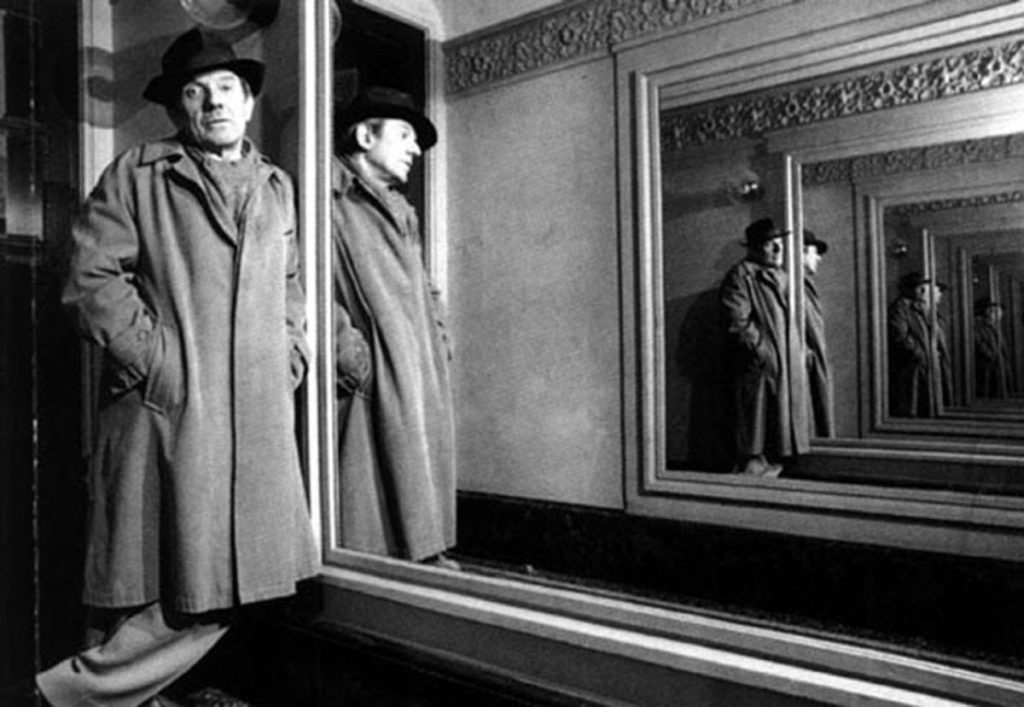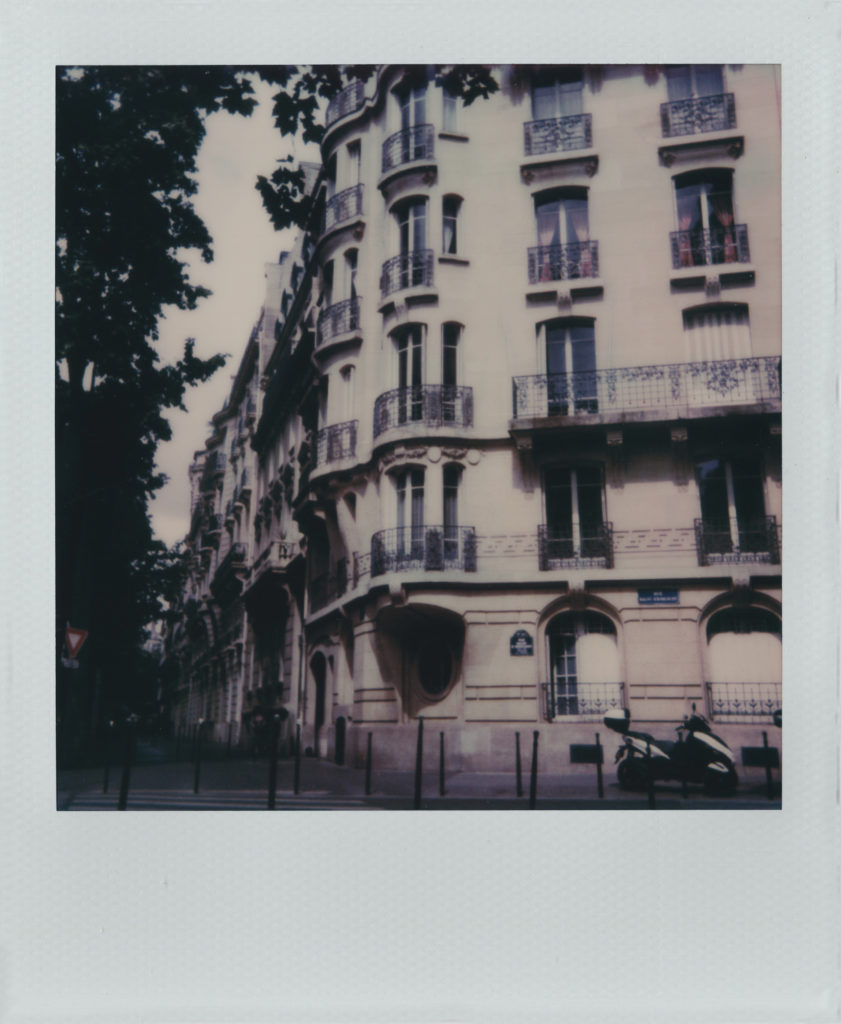In Paris, Adam Scovell seeks the flat in which philosopher Gilles Deleuze lived – and from which he fell to his death.

Gilles Deleuze, the Post-Structuralist philosopher, has been a figure of interest to me since first reading him as an undergraduate: not least in his writings on visual arts which were eventually pivotal to my own PhD. But it was on learning of his final days, taking his own life in Paris, 1995, that ironically finally brought his vision full circle; a tragic and knowing act that has been systematically argued as somehow pertaining to the man’s complex theories of metaphysics and epistemologies. It seems macabre to draw likenesses between such a tragic action and the work of a writer, but it’s undeniable that there are likenesses and some sense of continuity, to the extent that the act has been regularly contextualised into analysis of his work, even if often ignoring its reality.
Deleuze lived in Paris for most of life. He was born there in 1925 and began his education during the years of occupation during World War Two in which his brother was arrested and killed for working for the Resistance. After the war, he passed his agrégation and taught in various departments, including at the Sorbonne and the University of Lyon, before finally settling at the Université de Vincennes à Saint-Denis where he taught until retirement in 1987. In between his teaching, Deleuze was a pivotal, sometimes controversial voice, in particular his published work with psychoanalyst, Félix Guattari, whose collaborations – including the pair making up Capitalism and Schizophrenia, Anti-Oedipus (1972) and A Thousand Plateaus (1980) – highlighted the various inversions of psychoanalysis and philosophy what would eventually form important aspects of Post-Structuralism.
Deleuze always seemed to be a more abstract radical than his contemporaries, even if his thinking came to attention in the political landscapes after May 1968 and the general rebellious ethos of the Left Bank. His resistance towards power was often in the realm of the creative, even the speculative, far less than the tangible missives of his contemporary and sometime colleague, Michel Foucault. His nomadism, as it was called, freed his thinking from the rigid aspects of any intellectual system devised, allowing a constant state of flux to enter into the discussion of just about any aspect of philosophical life, whether in the disassembling of psychoanalysis or the assessment of film and the paintings of Francis Bacon. If such a world of phenomena was united only by the common potential of fundamental, fluctuating differences, what could Deleuze have said about relationships to place?
Place is one of our great illusions, fixed by a collective mania of infinite memories; of our own and those around us. Deleuze himself was in the right place in regards to his political and philosophical projects; both seemingly urban in some form and character. Paris was shifting monumentally in his main era of work, but urban realms are constantly subject to a Deleuzian shift anyway. Even the home, that seemingly constant pillar, is really kinetic rather than static; simply masking the process of change better than most as it shifts into new eras of difference, just as we do ourselves. Death closes this off with the ultimate difference, which is partly why I was fascinated to find where Deleuze’s final apartment was. A grave (which, for point of reference, is housed in a graveyard in the small town of Saint-Léonard-de-Noblat) would have been incredibly ill-fitting to visit, so unavoidably fixed in meaning.
Delezue’s flat is also charged with another reality; that of being the place marked by his final escape. Diagnosed young with respiratory problems, the writer had long suffered illnesses, having a lung removed in 1968 after a severe bout of tuberculosis. In later life, the illnesses worsened, making even the most basic of tasks difficult. Weighed down by the increasing failings of his body, Deleuze jumped from the third floor window of his flat on the 4th of November, 1995. The flat was number 84 Avenue Niel in the 17th arrondissment, a lavish building covered in creative ornamentation, overlooking a wide avenue that is boarded by trees and uncomfortable benches. In a Deleuzian vision, life and death share in their constant flux, especially in terms of a writer; a profession through which a sense of the negation of death is still surprisingly apparent. I wasn’t sure why I wanted to see Deleuze’s flat though I felt certain isn’t wasn’t out of a morbid boredom; more out of a desire to walk his ideas, to bring them out of the page and into the corporeal realm.
I wandered there on an uncomfortably hot day, losing my way as Montmartre turned first into Batignolles and then Ternes. The window was open on what I presumed to be the flat but there was little in the way to suggest that the place had been in any way marked by the event of a death. In fact, every inch of any city is probably similarly and invisibly marked by deaths, footsteps treading over little graves with every pace. But Deleuze’s road feels appropriate for someone who was critical of the Freudian Death Drive, who denied the initial torment and despair of suicide; bright, vivid, affirmative. Even more fittingly, Deleuze wrote of Francis Bacon’s paintings that “… the active is that which descends, which drops. The active is the fall.” Like Bacon’s descending oils down the canvas, this flight from the window and illness was not one of pessimism, but affirmative action; an escape from the limitations of the body, trapped in endless cycles of debilitating repetition, seeking just one final difference, one last Paris.
